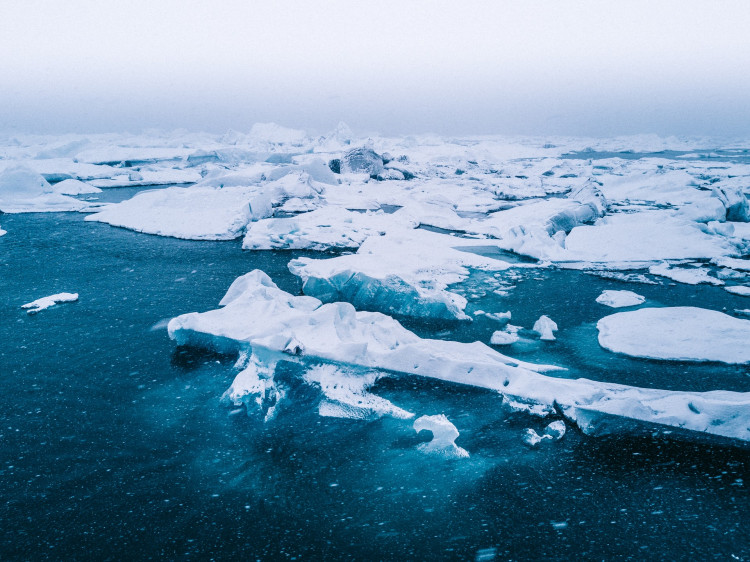Scientists have discovered that the Arctic seafloor is teeming with sinkholes, as submerged permafrost thaws and disturbs the area.
Since the end of the last ice age, when meltwater from glaciers buried the region, the Arctic permafrost at the bottom of the Canadian Beaufort Sea has been submerged for around 12,000 years. The frozen seafloor had remained concealed from scientists' prying eyes until now.
Researchers on ships have only lately been able to access this remote section of the Arctic as sea ice retreats due to climate change, according to the researchers.
Despite the fact that human-induced climate change is raising average temperatures in the Arctic, the thawing permafrost that is causing these sinkholes appears to be driven by a different source: hot, slow-moving groundwater channels.
With access to the area, the researchers completed high-resolution bathymetric surveys of the Canadian Beaufort Sea using both ship-based sonar and an autonomous underwater vehicle (AUV).
"While the underwater sinkholes we have discovered are the result of longer-term, glacial-interglacial climate cycles, we know the Arctic is warming faster than any region on Earth," Charlie Paull, a geologist at Monterey Bay Aquarium Research Institute (MBARI), said in a statement.
According to scientists, as the permafrost beneath the Arctic Shelf thaws, an area that was once solid (frozen ground) becomes fluid. The top layer of the seafloor then falls into the liquid-filled vacuum; these seafloor collapses occur in waves over time.
The seawater on the floor stays cold enough that any groundwater seeping up refreezes once it reaches near-surface sediments in some regions where the discharge of this warm groundwater is limited. The frozen sediment expands, heaving upward to form pingos, which are little conical mounds. The unique roughness that the researchers first noticed in their surveys is due to these frozen mounds interrupted by sinkholes.
The surveys also revealed that the sinkholes are getting bigger.
The researchers believe that slow temperature changes associated to the end of the last ice age, which have been occurring for thousands of years, are the likely causes that initiated the cycle.
When the submerged permafrost begins to melt, hot groundwater from the melting permafrost creeps upward along the bottom of the still-frozen permafrost, causing further thawing of the sediments above. The process continues in this manner, producing a large number of divots.
The researchers wrote in their research article published online Mar. 14 in the journal Proceedings of the National Academy of Sciences.






